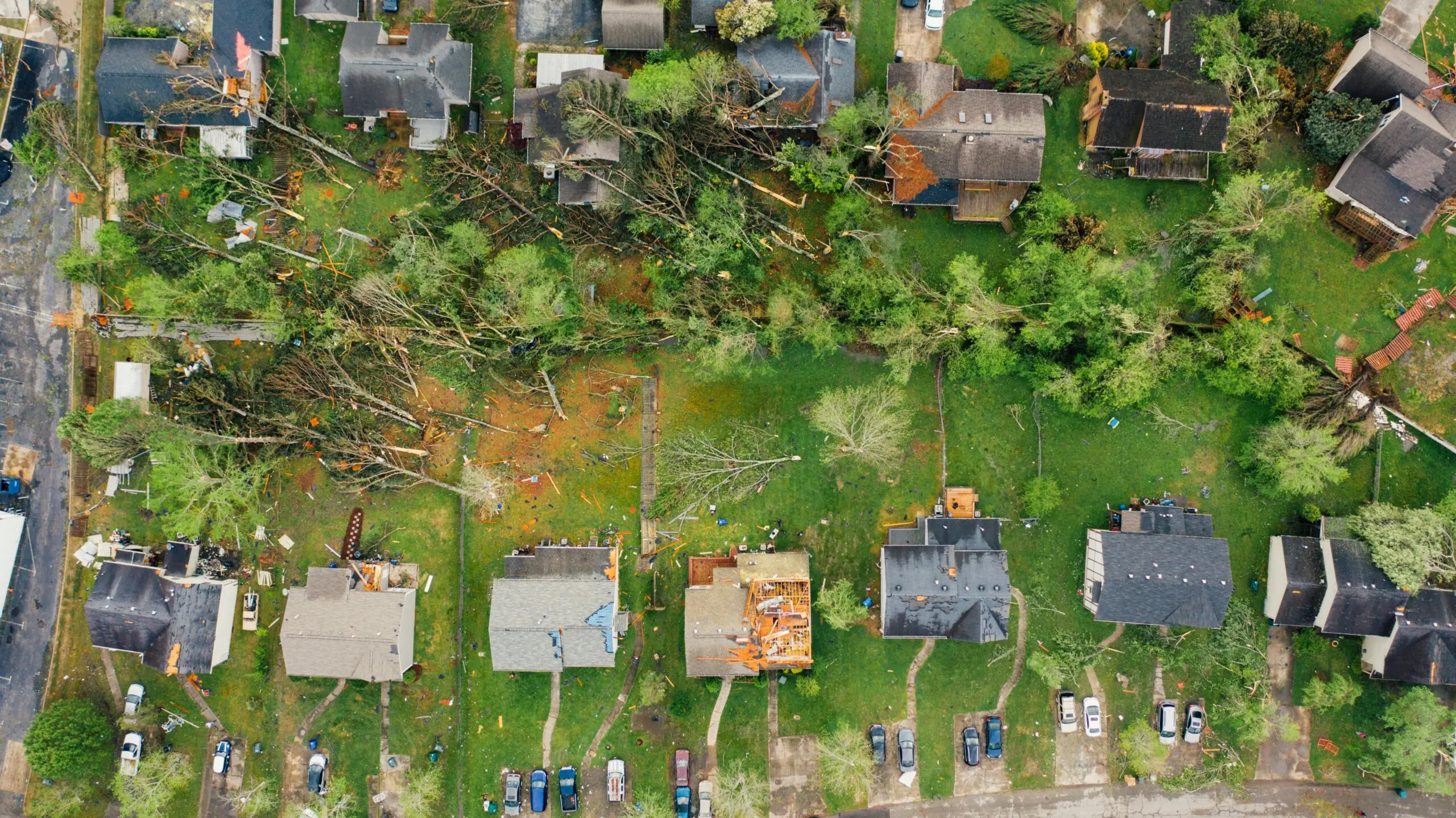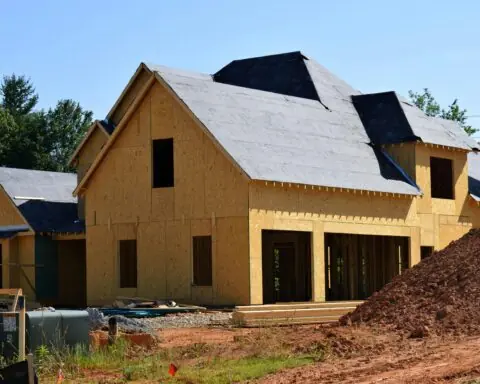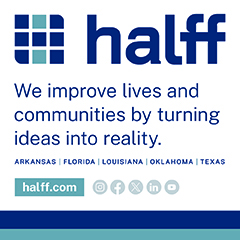Mississippi’s disaster recovery action plan is officially complete, clearing the way for the state to receive nearly $135 million in disaster recovery funding to support long-term recovery efforts from storms that ravaged the state in 2023 and 2024.
The U.S. Department of Housing and Urban Development (HUD) approved the state’s recovery plan earlier this month, allowing the $134.9 million in HUD funding to be allocated to impacted areas.
Tornados wrought havoc in Mississippi communities in 2023 and 2024, including the infamous Rolling Fork tornado, a deadly EF-4 twister with peak winds of 195 mph that tore through the Mississippi Delta. The area was hit with more than 100 tornados over a two-year period.
The state has struggled with recovery since the storms, especially in disadvantaged communities.
The funding, which was authorized through the Disaster Relief Supplemental Appropriations Act of 2025, will support communities in Hinds, Humphries, Jackson, Monroe, Scott and Sharkey counties. This funding will include specifically designated areas such Amory, Belzoni, Moss Point and Silver City, which were among the hardest hit by the storms.
Funding can officially be released after HUD and the state of Mississippi execute a grant agreement. The grant agreement is expected to be complete by mid-September.
The state submitted its plan to HUD in June 2025 following a comprehensive review of unmet needs across the affected regions.
The plan includes $29.32 million for owner-occupied housing recovery needs and $19.55 million for affordable rental housing repairs
It also provides support for economic development with $21.72 million for economic revitalization, including small business support, and $17.6 million for mitigation projects such as safe rooms and emergency alert systems.
The funding also will include $38 million for infrastructure recovery through FEMA match programs.
The plan prioritizes assistance for low- and moderate-income households, with 93% of housing funds designated for those populations. Programs also will support workforce housing development and community planning efforts.
Photo by Kelly from Pexels













